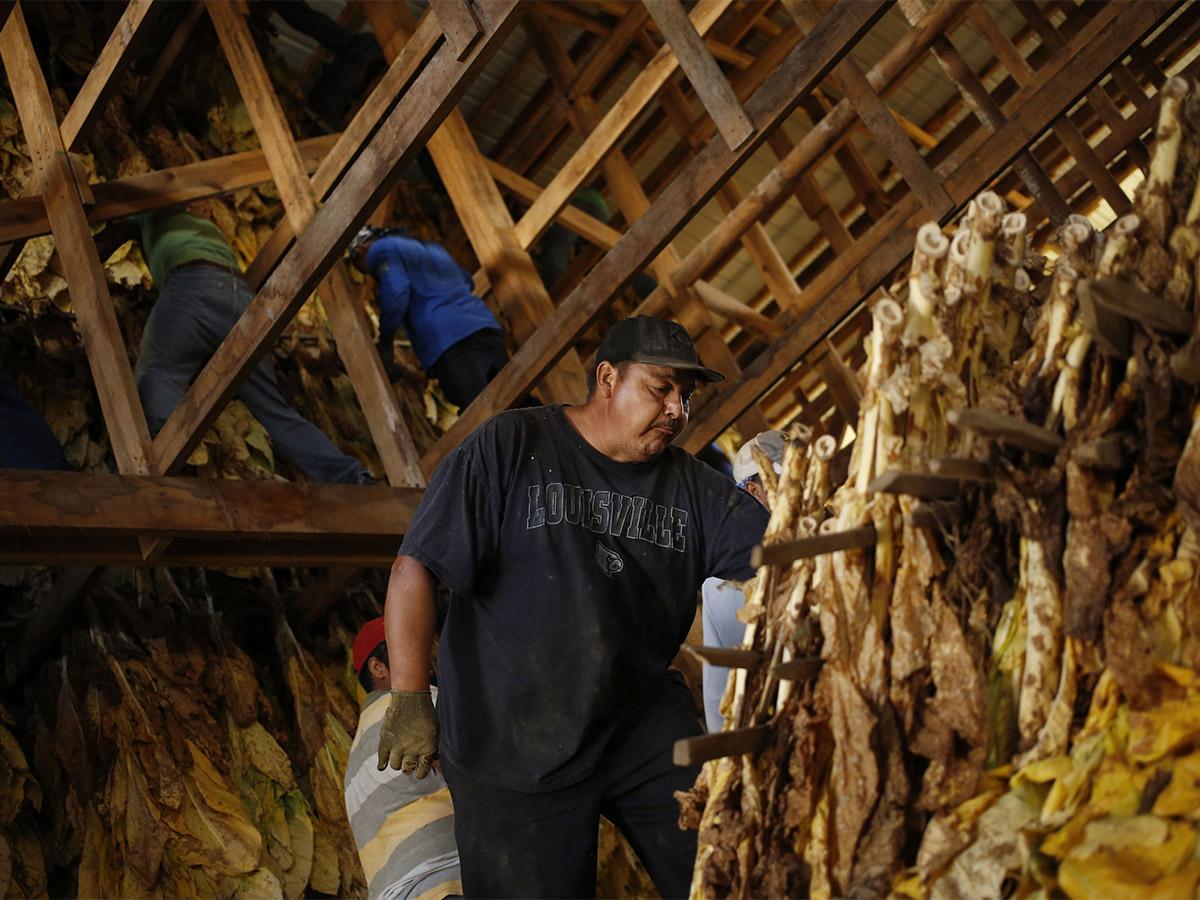Shares in British American Tobacco [BATS] have sparked higher in the last 12 months, rising from around 2,849.5p a year ago to 3,343.50p as of 20 February’s close.
This comes despite the continued raft of negative headlines surrounding the industry, as regulators push back against tobacco smoking and scrutiny around the safety of so-called next-generation vaping products continues.
Examples of such pressures include an ongoing lawsuit in Brazil against cigarette firms against large tobacco firms, which the government claims should pay compensation for tobacco-related diseases.
Meanwhile, the World Health Organisation also declared last month that both tobacco products and e-cigarettes “pose risks” to health and the “safest approach is not to use either”.
What have BAT’s past results been like?
In its half-year results, BAT reported that total cigarette volumes fell 3.5%, in line with the overall industry, to 336 billion sticks.
However, “encouraging growth” in new categories, primarily tobacco heated products, helped overall revenues rise 4.6% to £12.1bn. Profit dropped 1.3% to £4.4bn but earnings per share climbed 4 6% to 123.2p.
3.5%
Amount cigarette volumes fell in BAT's half-year results
BAT, led by chief executive Jack Bowles, is aiming for £5bn in sales from vaping and heated tobacco products by 2023, up from 2018’s figure of just £901m. This will be aided, he hopes, by a new simplification programme including a reduction in management layers.
Analysts and investors will be keen to hear more about this restructuring when BAT announces annual results on 27 February but, as always, the main focus will remain on the company’s financial performance.
How will BAT perform?
According to AJ Bell, BAT has targeted sales growth of 3-5% a year and is aiming for the upper end of that range in 2019.
It is looking for 30-50% sales growth in its new categories segment, but only expects to reach the middle of that range in 2019, due to slowing demand in the US.
In addition, BAT has indicated a potentially high single-digit percentage increase in earnings per share. In 2018 it reached 263.2p.
Investors will also be looking at BAT’s debt levels, which stood at £50.3bn at the end of the first half, to see if there is room for it to pay an increased dividend. Analysts are pencilling in a small increase on last year’s 203p.
| Market Cap | £75.607bn |
| PE ratio (TTM) | 12.27 |
| EPS (TTM) | 268.60 |
| Quarterly Revenue Growth (YoY) | 4.60% |
British American Tobacco share price vitals, Yahoo Finance, 27 February 2020
What analysts expect
Generally, analysts are bullish about BAT with the stock currently holding a consensus buy recommendation and an average target price of 3,795.86p, according to MarketScreener. This represents a potential 13.5% increase on 20 February’s closing price of 3,343.5p.
Moody’s has a stable outlook on the stock with expectations that it will keep lowering its debt over the next 12 to 18 months, driven by moderate earnings growth. However, Robert Pozzi, senior vice-president at Moody’s, raised concerns that the company was not developing ‘reduced risk products’ quick enough.
“Any rating upside is currently constrained by the company's limited progress in developing its potentially reduced-risk products portfolio, comprising heat-not-burn, e-vapour, and modern oral tobacco products,” Pozzi said. “This business represented a modest 4.5% of BAT's group net revenue in 2018 but is well diversified and should be well placed to meet still evolving consumer demand and regulatory requirements.”
“Any rating upside is currently constrained by the company's limited progress in developing its potentially reduced-risk products portfolio, comprising heat-not-burn, e-vapour, and modern oral tobacco products” - senior vice-president at Moody’s, Robert Pozzi
Analysts at Jefferies also puff up the chances for big tobacco. They stated that the market is wrong about BAT and peers such as Imperial Brands, and says investors should “take the chance to buy bargains”.
“The market has taken the view that the model is breaking down or soon to break down due to perceptions of worsening cigarette volumes, reduced risk disruption and regulatory headwinds among others,” it said.
Over the next four years, Jefferies forecasts average sector growth of 3.5% sales, 5% underlying profit and 6.9% earnings per share.
“There's a chance of material upside to this should reduced risk products drive greater usage and non-smoker penetration which we think is a strong possibility,” Jefferies analysts added.
BAT is its top sector pick, it says. “It has the best growth outlook across the space, its total nicotine share is the most impressive, yet its valuation remains depressed, pricing in misplaced fears,” it said.
Another string to BAT’s bow is that the majority of its new category sales are tobacco-heated products, rather than the much-criticised vaping products.
“It has the best growth outlook across the space, its total nicotine share is the most impressive, yet its valuation remains depressed, pricing in misplaced fears” - Jefferies analysts
Morgan Stanley added, as it upgraded BAT from underweight to equal weight, that it expected an abatement in new vaping regulations ahead of the Presidential Election. However, in the longer term, new regulations and new entrants will provide risks.
This is where the BAT share price will rise or fall If there is continued negative headlines over what are supposed to be its “less risky” products, then its future outlook will be cloudy. But if health fears decrease then it could really light up.
Continue reading for FREE
- Includes free newsletter updates, unsubscribe anytime. Privacy policy





